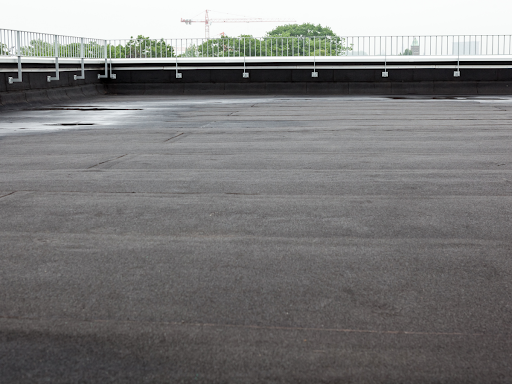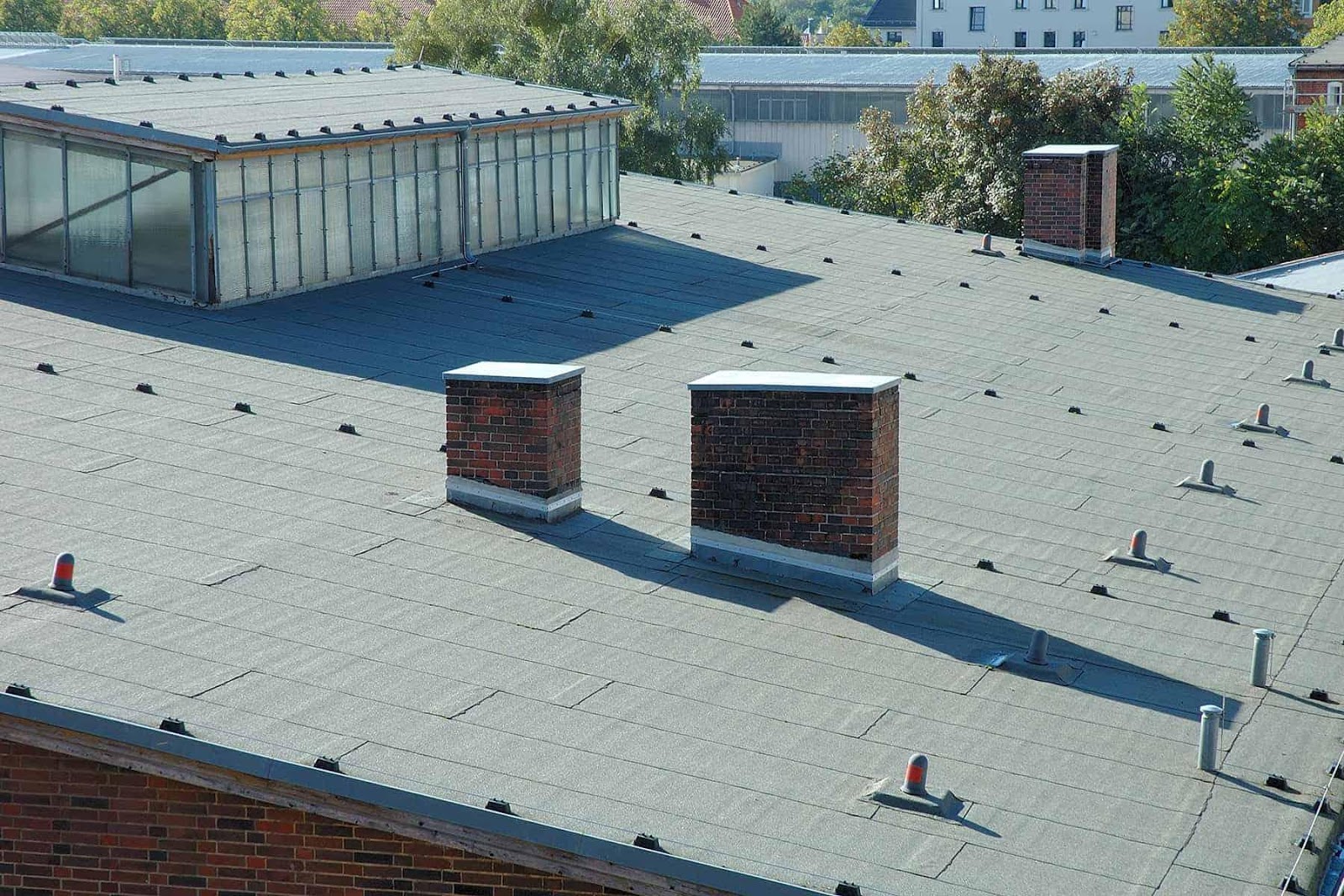A flat roof, in contrast to other pitched roofs, is often less robust and long-lasting. When a house’s roof is flat, it costs less and requires less upkeep. It’s also simple to install.
One of the most significant disadvantages of a flat roof is that water might puddle on it, increasing the danger of a leak. Because there is no way for snow to move off, it stays on a flat roof for longer. It may also need to be changed or repaired, especially if there has been a significant amount of rain.
It is critical to hire a flat roof contractor if you own an apartment or a house when you need repairs or reconstruction done on your roof.
There are four crucial factors to consider before hiring a flat roof contractor to ensure that you have picked the proper one.
References
Make sure to check out the contractor’s references to learn more about him.
Extensive experience
No business or homeowner wants to hire someone who hasn’t worked on a flat roof before. Simply put, this is a waste of time and money. You should pick a flat roofer who has been in operation for at least two years.
Insurance is a type of protection.
A flat roof installation contractor will ensure that they are constantly covered by insurance and are financially protected. Many individuals prefer a flat roofing system balanced disaster.

The Advantages and Drawbacks of Flat Roofs
Flat roofs are more commonly found on commercial buildings than on residential structures, but that doesn’t mean you can’t have one built on your home. There are various factors to consider when choosing a flat roof, including the materials, weather, and maintenance. The benefits and drawbacks of installing a flat roof on your home are listed below.
The Advantages of Flat Roofing
Many individuals prefer a flat roofing system over shingles or tile roofing systems. Here are some of the advantages of having a flat roof on your house.
Easy Construction: A flat roof is simple to build, so you won’t have to worry about your contractors running into problems during the job.
Flat Roofs Are Durable: If long-term durability is vital to you, a flat roof is the best option. You won’t have to worry about water damage because a flat roof is water-resistant. When you have a flat concrete roof, you have a roofing structure that can withstand strong winds. When you choose a flat roof for your home, the likelihood of fallout is reduced.
Repairs Are Possible: If a problem arises, the flat roof is just as simple to repair as installing. In comparison to other roofing systems, the expense of rebuilding or re-coating a flat roof is low. You can fix your flat roof without breaking the bank or putting yourself under a lot of stress.Cleaning Is Simple: A flat roof is more accessible to reach than most systems, making maintenance simple. To keep debris from accumulating on your roof, you should regularly remove algae, mould, and stains. The best approach to clean your flat roof without harming it is to use pressure washing, especially if you have a flat concrete roof.
The Disadvantages of Flat Roofing
With the good comes the bad, and it’s critical to understand the disadvantages of a roofing system before deciding if it’s ideal for your home. Here are some of the drawbacks of having a flat roof on your house.
Drainage Issues: The absence of drainage is the most significant disadvantage of a flat roof, which is why it is critical to inspect your roof regularly. Your drains may become clogged with snow and water if you do not check them regularly. Clean out the gutters as needed, and use a waterproof seal regularly to avoid leaks. Remember, there are no slopes for the water or snow to slide down.
Debris and Dirt can Build Up: On a flat roof, snow and water aren’t the only things that can cause issues. Leaves, twigs, mud, and other debris can plug the drain, causing snow and water to back up and overflow. Regularly examining and cleaning the dirt and debris off your roof might help you avoid a clogged drain.
Roofing Materials are Limited: TPO, EPDM, rubber, and bitumen are the most common rolled roofing materials used on flat roofs. The materials are cheap, but they only endure ten to fifteen years. There are alternatives, such as rolled rubber roofing with rubber shingles, but they are more expensive, and the materials’ longevity is unknown.
Some households have been using flat roofing for years, while others have realized it is not suited for them. It’s best to weigh the benefits and drawbacks of flat roofing before deciding if it’s ideal for your property.
Repairing a Flat Roof vs. Replacing a Flat Roof
When deciding whether to repair or replace your flat roof, you should first learn about the costs of different types of flat roofing materials.
Even without labour costs, materials like PVC, TPO, EPDM, or similar materials can be costly to install.
On the other hand, flat roofing repair costs can be higher than replacement costs simply because repairing the roof takes more time and effort.
Finally, there’s a good chance that hiring a flat roofing specialist is the best way to safeguard your investment.
Even the best professional roof repair crew may be unable to preserve your roof, indicating that it is time to replace it entirely.
Water damage and leaks are your worst enemies if you own a building with a flat roof. Any leaks must be repaired as quickly as possible by an experienced professional roofer using high-quality materials.



